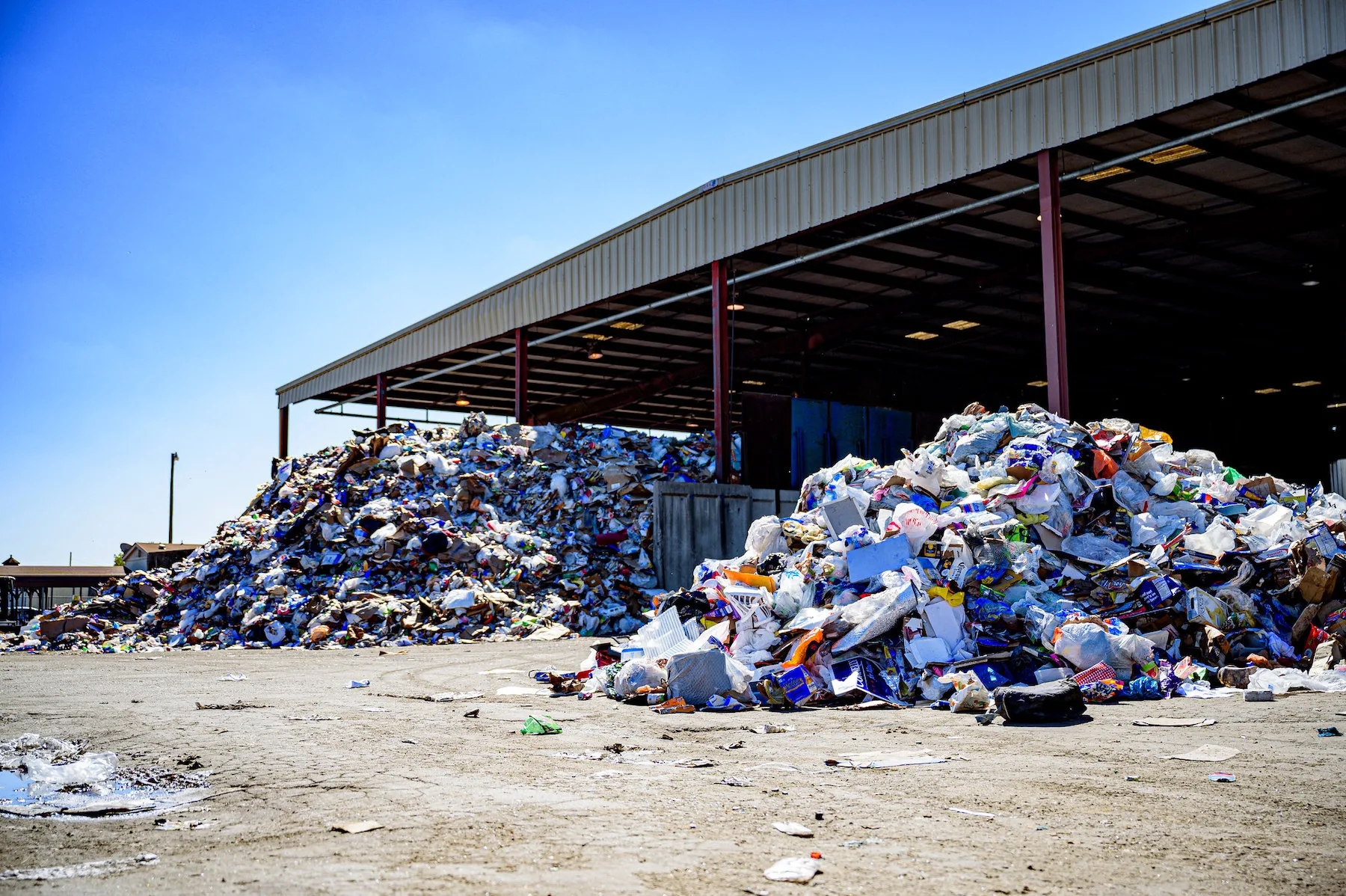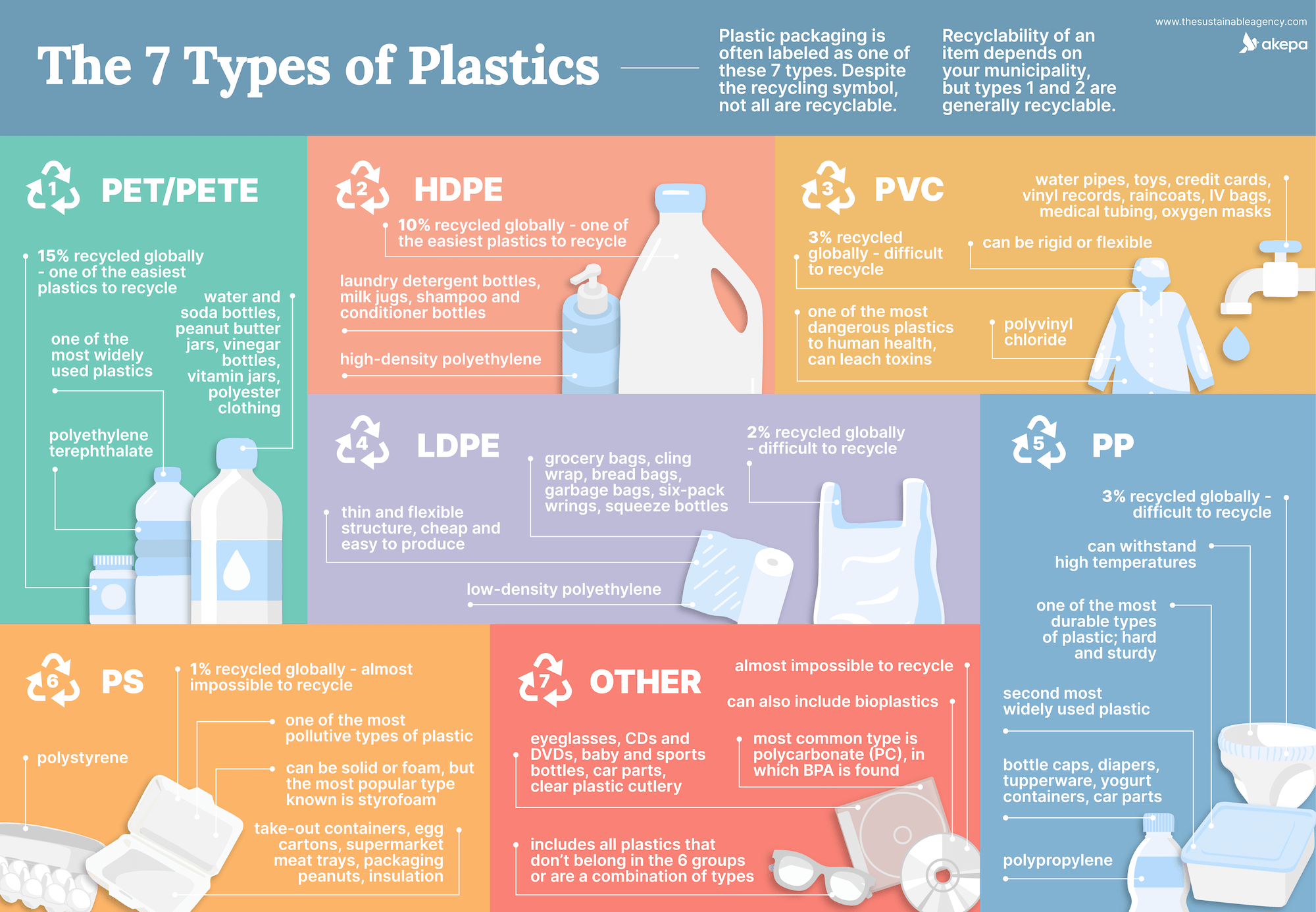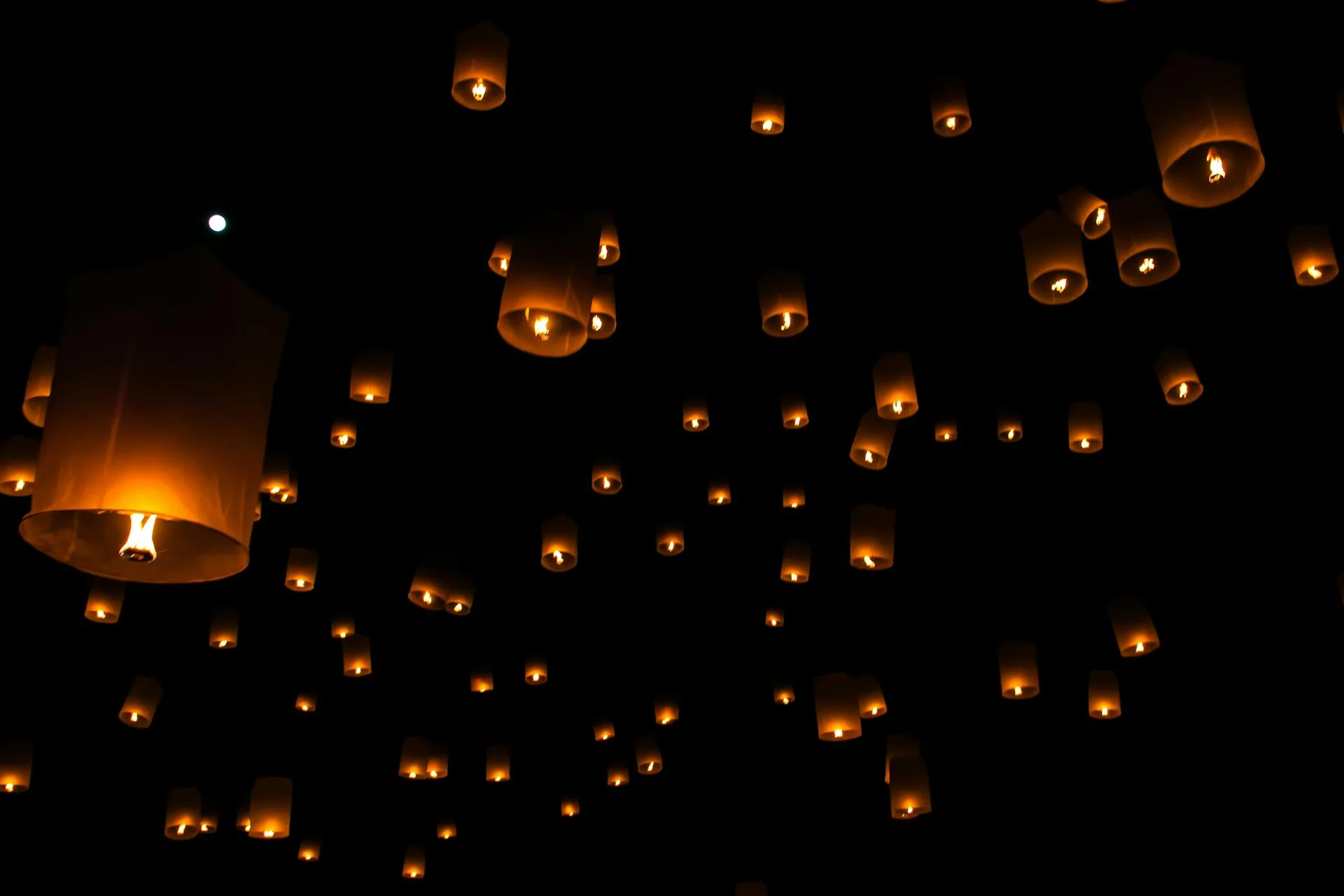How often have you lobbed something in the recycling bin that you weren’t 100% sure was recyclable? Better in the recycling bins than the filthy regular waste that goes off to landfill, right?
Wrong! It’s worse. But you’re definitely not alone when you do this and suffer a fleeting moment of dissonance afterwards. There’s even a name for it now: wishcycling. The act seems innocent enough and it’s all well meaning but it is an error of judgment that’s causing problems in a world that’s drowning in waste.
Let’s look in more detail at what wishcycling is, why it’s a problem, and some tips to avoid it.
Recycling contamination
First of all, a basic concept: the contamination of recycling. This can happen when items are put in the wrong bin, for instance a load of glass bottles are chucked in with the plastics. Or, when non-recyclable items are sharing a bin with recyclables.
When this commingling happens, the entire batch gets contaminated, as it’s now a mix of polite rubbish that can be recycled and inappropriate waste that can’t. This variegation makes the recycling process more difficult and expensive – and can even render the entire batch unusable. Recycling is a business after all, so if it’s going to take a load of time and money to sort through a batch that’s too wild – it’ll just get sent to landfill.

The optimistic chucking behind wishcycling is a big part of the problem. One of the biggest contaminants are plastics that aren’t suitable for recycling, like shrink wrap and single-use plastic containers. Another intruder is shredded or heavily soiled paper, which is just too far gone to be recycled.
Why is wishcycling a problem – what the stats say
Don’t just take our word for it. Here are four handy facts to tell the story of the problem:
- Contamination: The contamination rate in recycling bins is approximately 25%, or 1 in 4 items. This means that, on average, a quarter of what we put in our recycling bins can’t actually be recycled. Some studies, in some areas, have placed this rate as high as 40%+.
- Business: As we’ve said, recycling is a business and it’s one that’s suffering because of wishcycling levels. In the state of California, which is known for being environmentally progressive, over 1,000 recycling plants have shut down since 2018 due to high contamination levels.
- Non-recyclables vs. wishcycling: A recent study from Biffa in the UK says that non-recyclables are responsible for almost double the recycling contamination than the stuff that’s put in the wrong bin (10.4% vs. 6.5%).
- Environmental impact: The word has a huge waste habit that’s becoming more colossal every day. Municipal solid waste generation is predicted to almost double from 2.1 billion tonnes in 2023 to 3.8 billion tonnes by 2050. In the end, wishcycling can have a negative impact on the environment if it hinders recycling. It’s worsening that massive volcano of waste and its symptomatic GHG emissions. Interestingly enough, e-waste is the fastest rising stream, which is still incipient when it comes to recycling and an untapped goldmine.
Why does wishcycling happen?
One issue is simply labeling. Sometimes it’s hard to tell if a thing can be recycled, or to know what the opaque instructions mean (if they even exist). With plastics, especially, it’s not simple to tell if a piece of plastic is single use or not.
In fact, you may have overlooked that the three-arrow triangle symbol on plastics does not indicate that the material is absolutely accepted. The symbol denotes the type of plastic it is. Plastics labeled #3 – #7 are often only recycled in limited facilities only (for instance styrofoam, type 6).

So it’s not easy! Brands have some responsibility here to make things clearer, too.
To add to labeling complexities, it’s more straightforward to toss in the stuff that’s probably recyclable, without hesitation. This isn’t helped by not knowing the implications of throwing something that doesn’t belong in a bin, in a bin. Well, hopefully this post will help!
The sad thing about wishcycling is that it comes from a kind place. It’s like making a wish for a less wasteful future but what gets granted by the bin is a marginally filthier one – as a sinister little chuckle floats out. Still, thankfully nothing really terrible happens and we can go back and get a better result next time.
Tips to avoid wishcycling
Here are some practical top tips to avoid wishcycling…
- Avoid mixed materials: Too many items, such as bakery bags and food packaging, are not recyclable because they’re made of mixed materials. Avoid putting these items in your recycling bin or tear them apart before tossing the constituent parts in their respective containers.
- Check your local guidelines: Different communities have different recycling guidelines. It’s important to familiarize yourself with the rules in your area. For instance, some of us are in Barcelona, and here are the local guidelines that we should follow.
- Know your prep: Learn to identify common recyclable materials and understand the proper way to prepare them for recycling. For example, plastic bottles should be rinsed and crushed, while cardboard boxes should be flattened.
- Consider new AI technologies: At the corporate level, businesses and events can invest in AI-powered sorting technologies that can accurately identify recyclable materials and remove contaminants. This can vastly improve the efficiency of recycling programs. Here’s an interview that we did with one of these pioneers: Intuitive AI, who’re even gamifying the whole shebang to make it fun.
- Educate yourself and others: Spread awareness about wishcycling and the importance of proper recycling practices, just like we’re doing. Learn the finer details, like the plastic types mentioned earlier in the article. By educating yourself and others, you can help to reduce the problem of all that aspirational chucking.
- Think before chucking: A bit like looking before crossing the road, get into the habit of thinking before lobbing – with all of the above in mind.
In case we haven’t been clear: what is wishcycling?
Simply put, wishcycling is the act of putting items in the recycling bin in the hope that they can be recycled, even if you’re not sure if they are actually recyclable. It’s a well-intentioned but misguided behavior that can have negative consequences for recycling efforts.
Hope is important but not in this case.
Anyhoo, we hope we’ve cleared that up and given some helpful tips to avoid it.



Leave a Reply